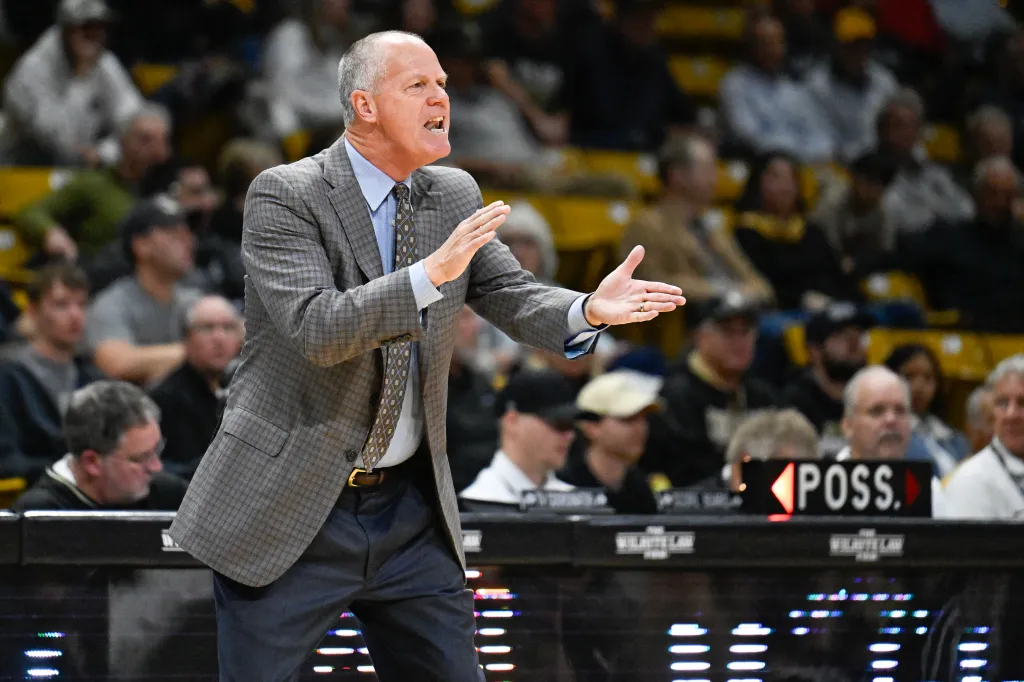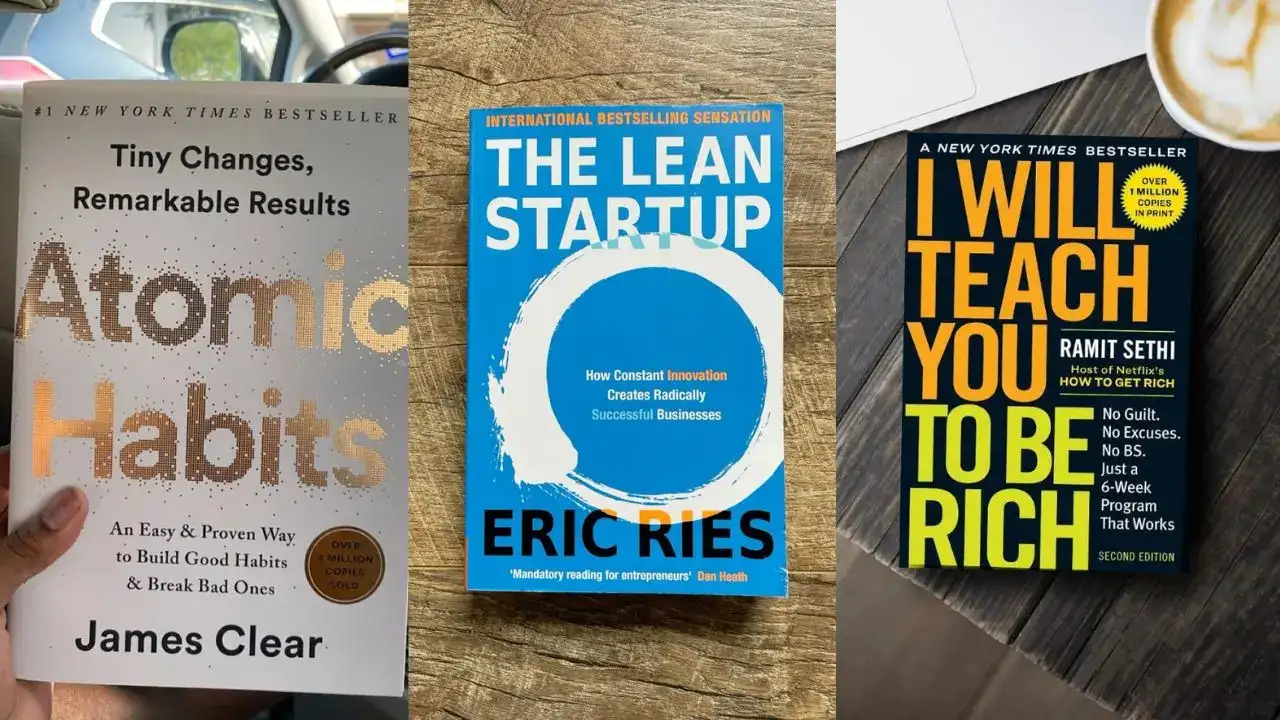
Before he embarked on a coaching career, Tad Boyle spent his first post-college decade pursuing a career in finance.
Business and economics remain a couple of Boyle’s non-basketball passions. And so, while college basketball recruiting has evolved alongside the proliferation of the transfer portal and the start of the NIL/revenue sharing era, the new economics of recruiting are in many ways in Boyle’s wheelhouse.
It’s an economy expanding its global reach.
This past summer, the CU men’s basketball team picked up the final two pieces of a seven-player freshman class, Leonardo Van Elswyk and Alon Michaeli, from overseas, following a trend bringing more international prospects into college basketball. With coaches now allowed to carry up to 15 scholarships and the lure of a piece of the $20.5 million (per school) revenue sharing pie making college basketball in America a more worthwhile proposition financially, the overseas focus is likely to keep growing.
“Recruiting has become a value proposition,” Boyle said. “Every decision that we make in recruiting, there’s a value component to it. In the past, that value proposition wasn’t part of the equation, because we could all offer room, board, tuition, fees, books. Well now, everybody’s got revenue sharing money. It may not be the same amount of revenue sharing money. But they’ve all got it. And now it becomes not, ‘Is this kid good enough to play here? Good enough to help us win?’ But, ‘At what price?’”
When discussing international recruiting recently, Boyle brought up Thomas Akyazili, a guard from Belgium who joined the Buffs a decade ago, as an example of the typical route once followed by international recruits in college basketball.
Akyazili joined the Buffs with the 2016-17 Derrick White-led team. While players like former CU star Tristan da Silva, a native of Germany, used college basketball to pursue their professional dreams all the way into the NBA Draft, players like Akyazili eventually see the writing on the wall and exchange study halls for professional contracts back home.
Michaeli is emblematic of a sort of mirror image of that experience. The 6-foot-9 forward from Israel is two years removed from his country’s equivalent of high school, and he spent the past two years playing professionally, appearing in 22 games last season for Bnei Hertzeliya in Israel’s premier league. But players like Michaeli can now make more in college basketball than as a low-level reserve back home.
“Every decision we make becomes a value proposition,” Boyle said. “With the foreign kids — like Leo, like Alon — they in the past, might have stayed over and make money there rather than come to college and just get an education and play college basketball. Well now, they can come to college and get an education and play college basketball, and make money. And maybe make more money than they were making where they were.”
Van Elswyk, a 7-foot-1 center, was in a similar situation but turned away from pursuing a possible pro career in Italy to join the Buffs. A dual citizen of Italy and Canada, Van Elswyk does have more personal familiarity with American college basketball, as his father played at South Carolina and Stanford.
CU began the summer with a roster that appeared as if it might be undersized. But after mining the international waters, the Buffs begin the preseason with three 7-footers for the first time in program history — Van Elswyk, Bangot Dak and Tacko Ifaola — to pair with Michaeli, 6-foot-11 sophomore Sebastian Rancik and 6-foot-10 center Elijah Malone.
“College basketball became a goal for me last season,” Michaeli said. “I played first division in Israel and I wasn’t getting that much playing time. So I felt college was the best opportunity for me for (this) year.”



